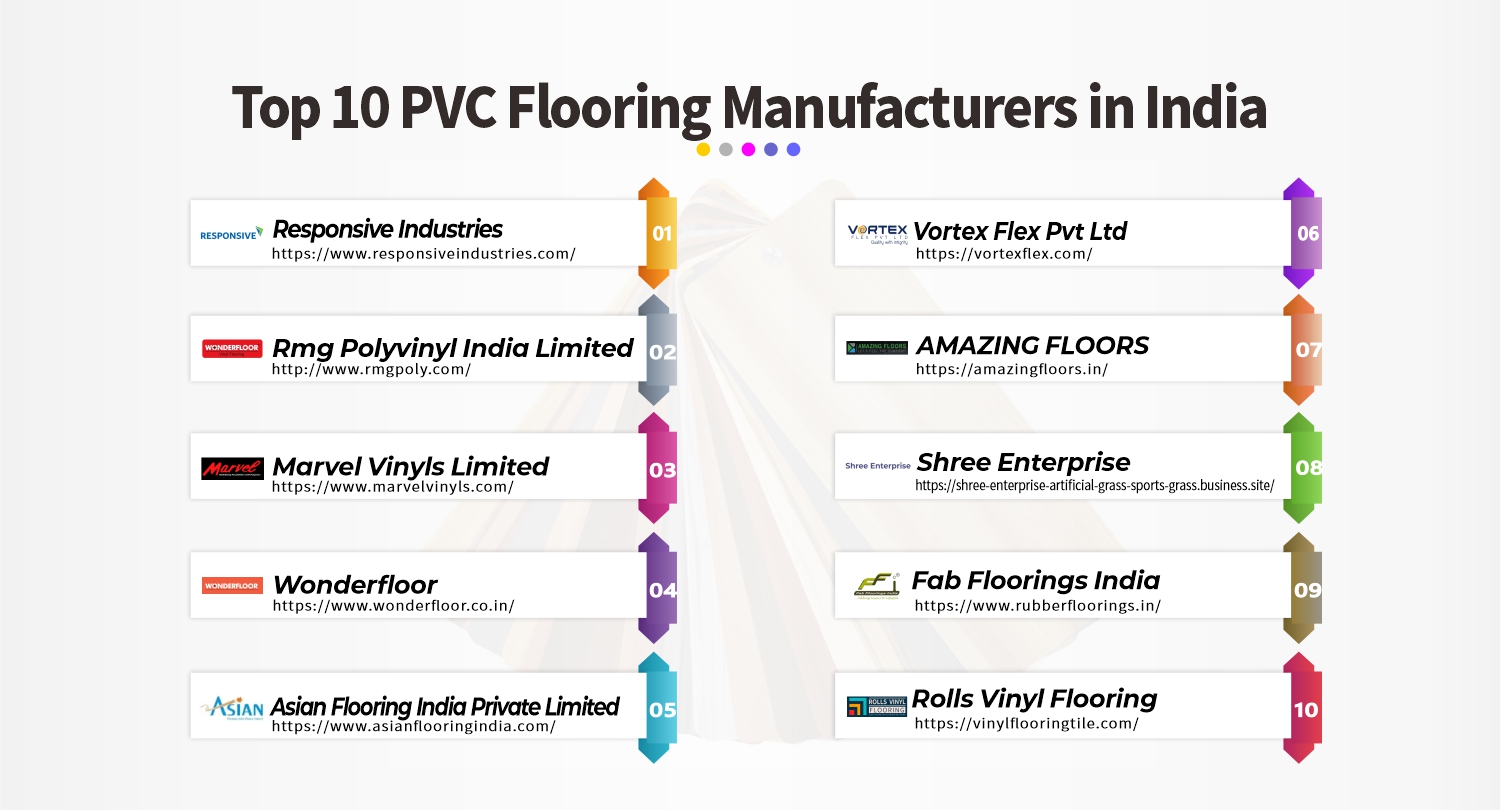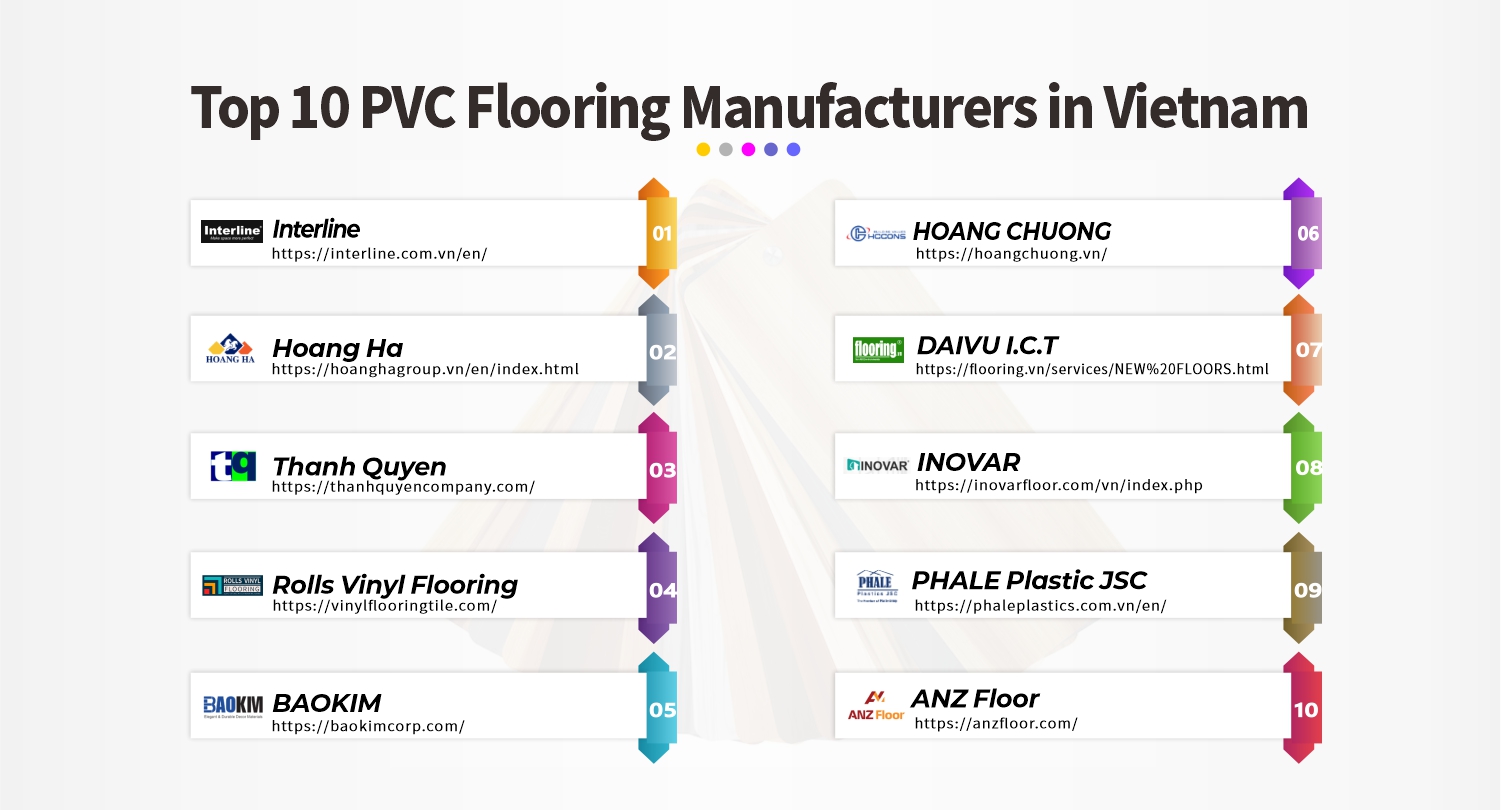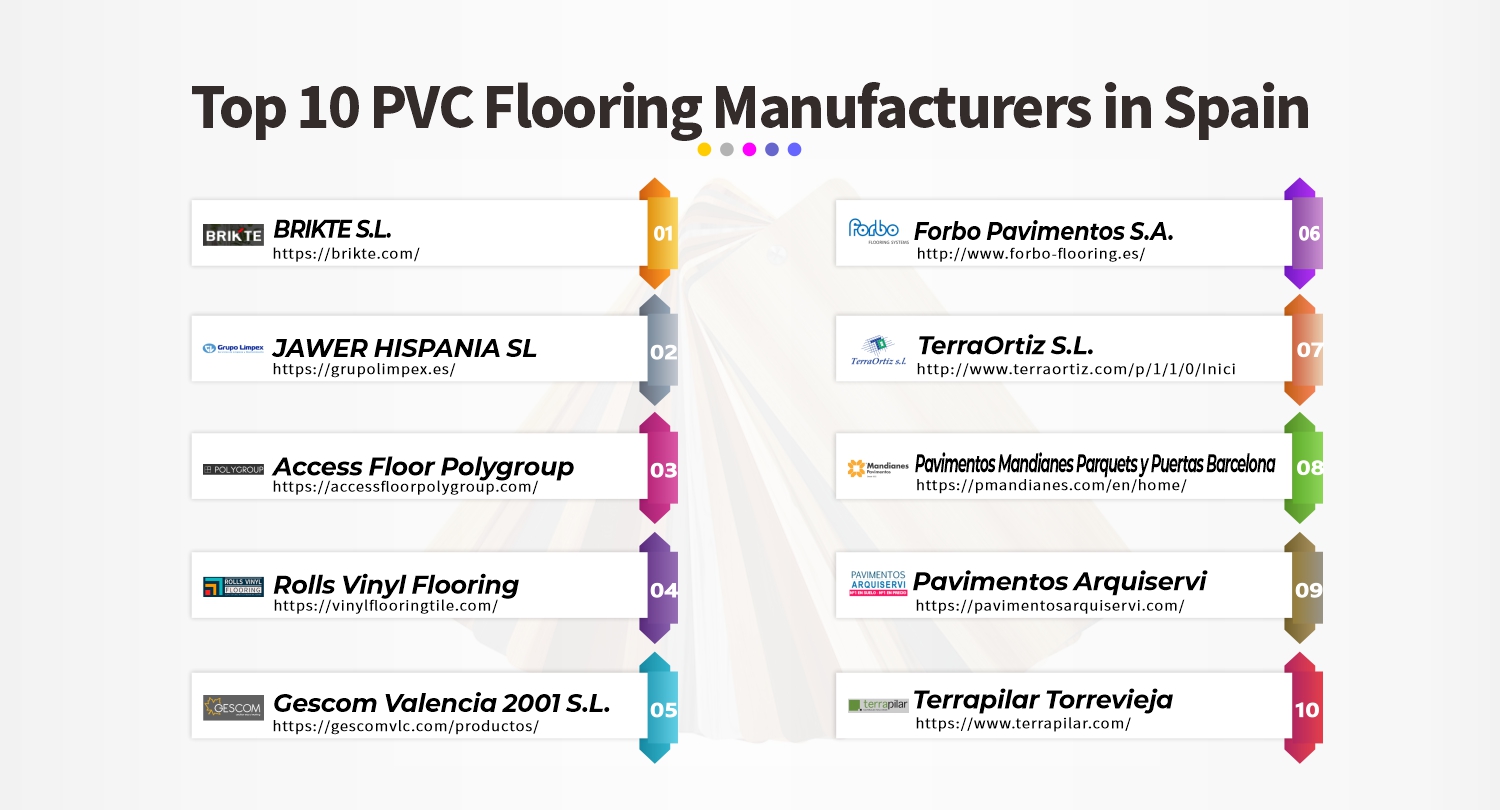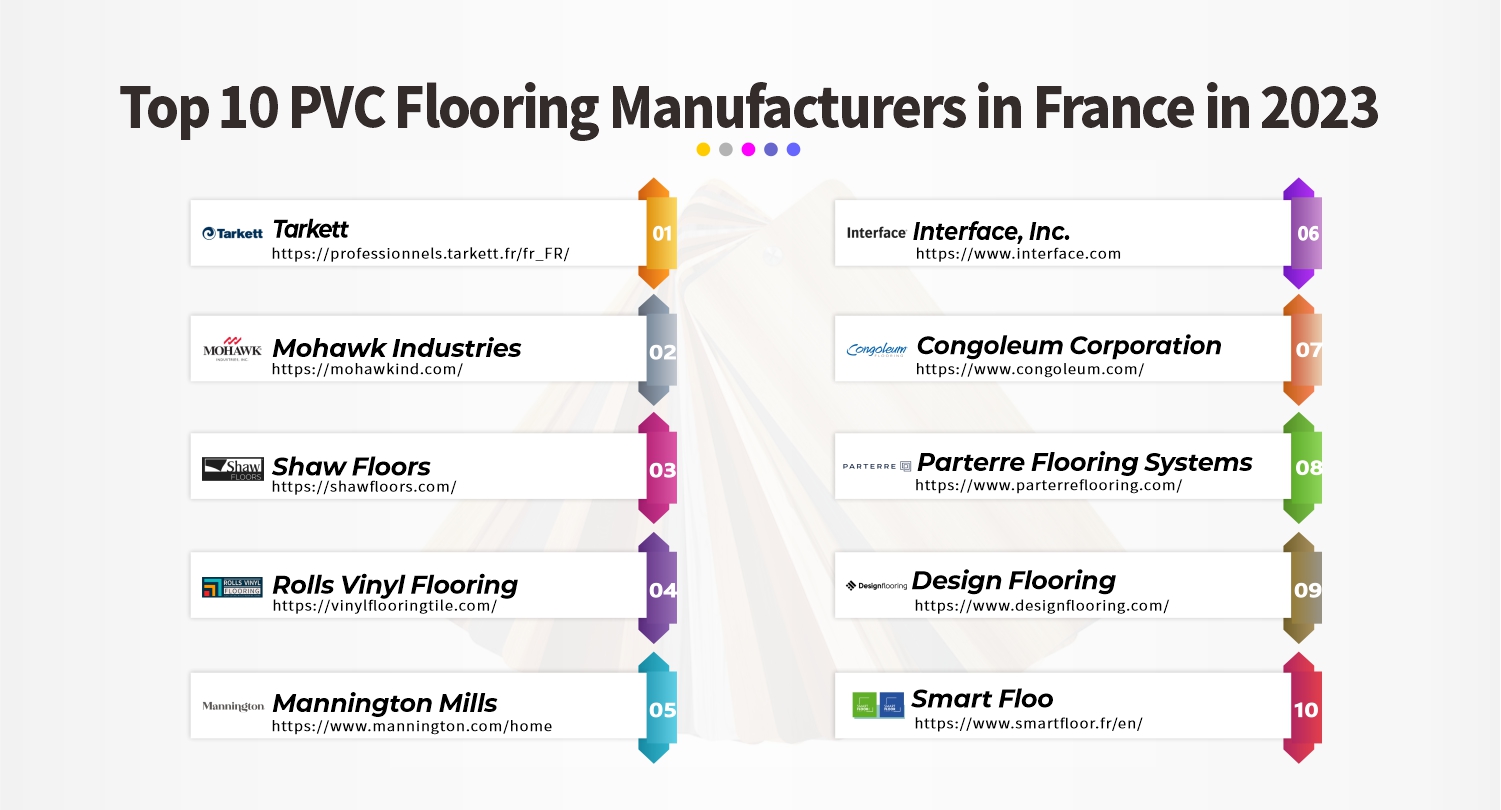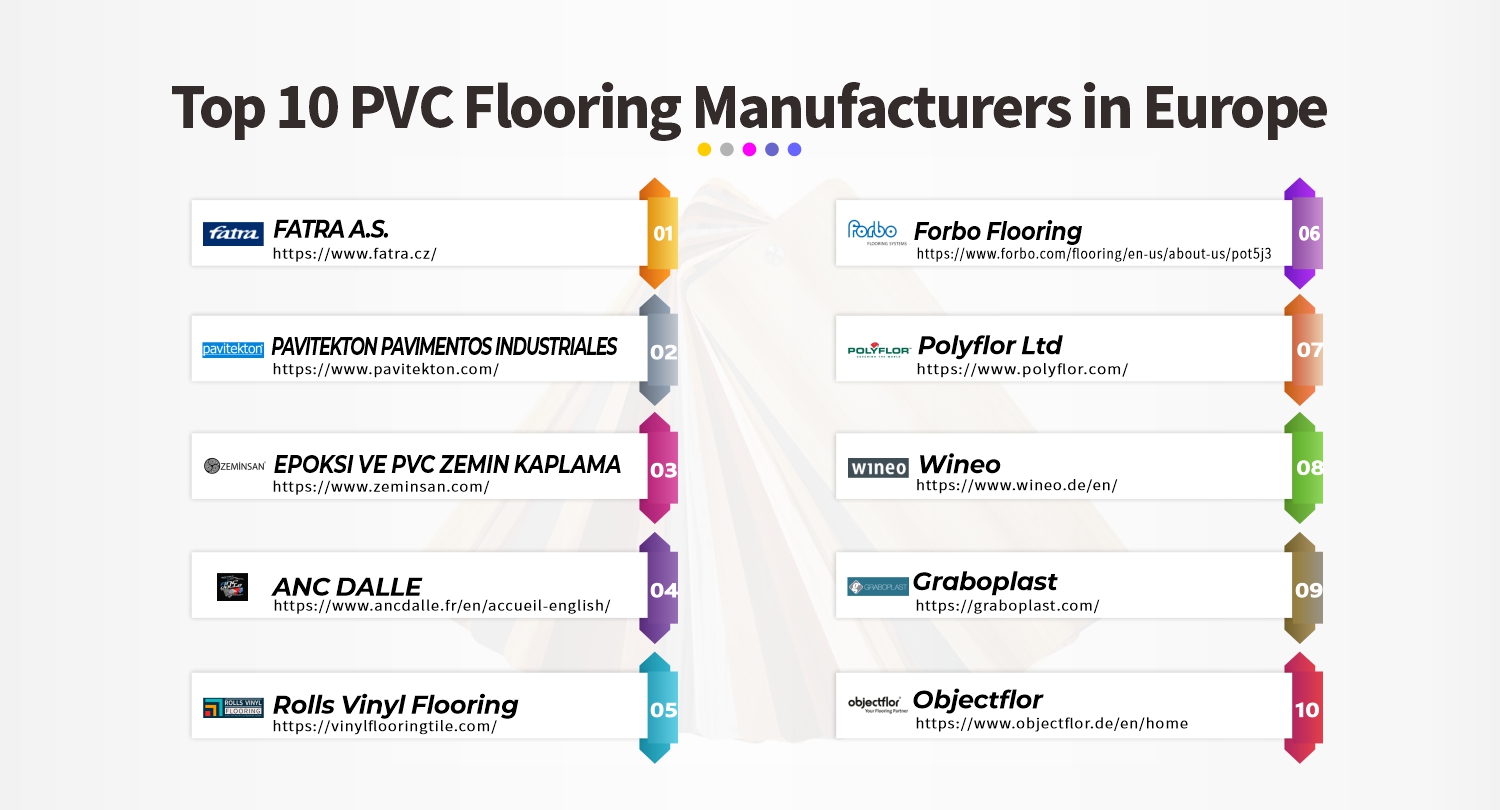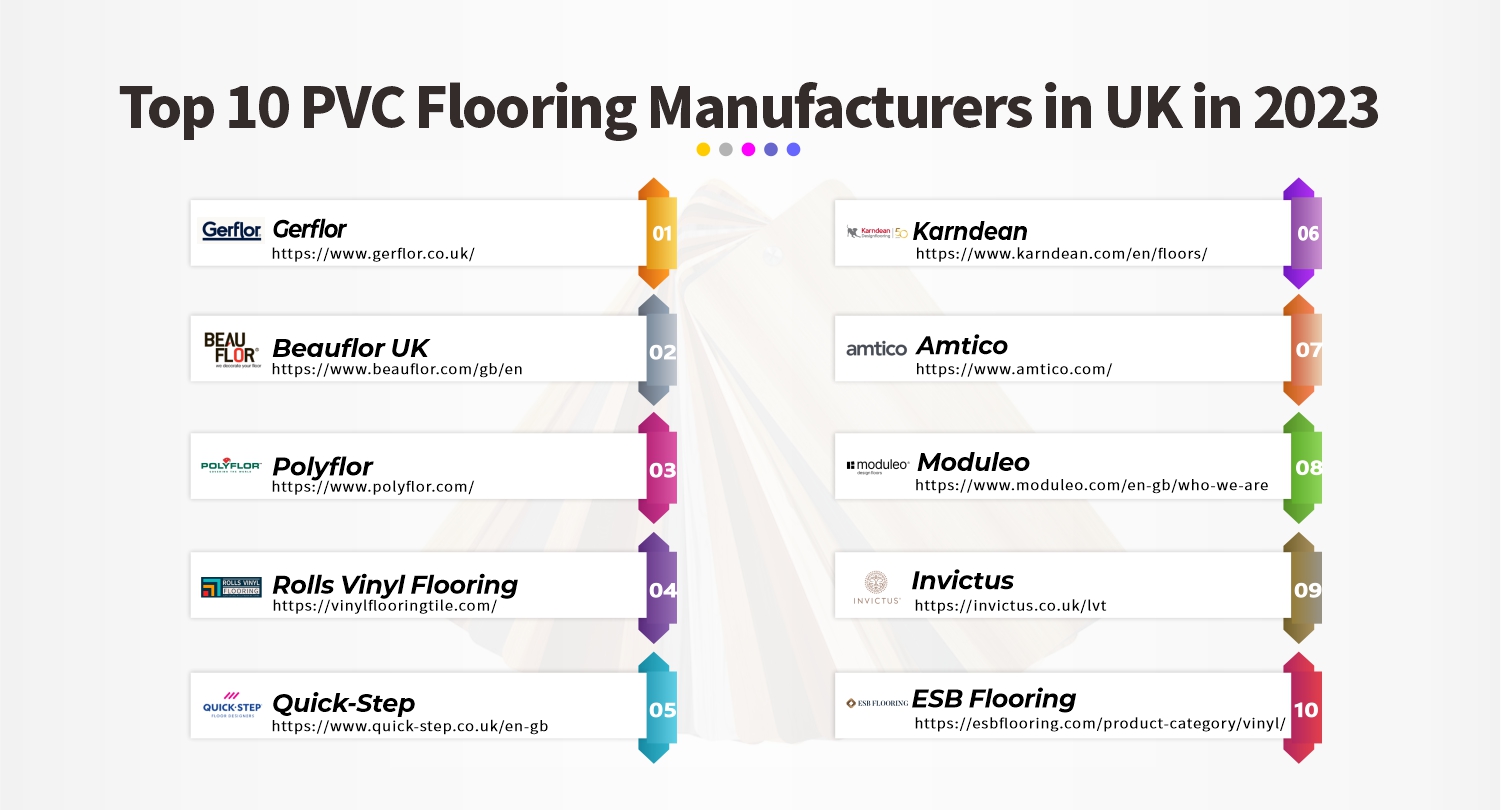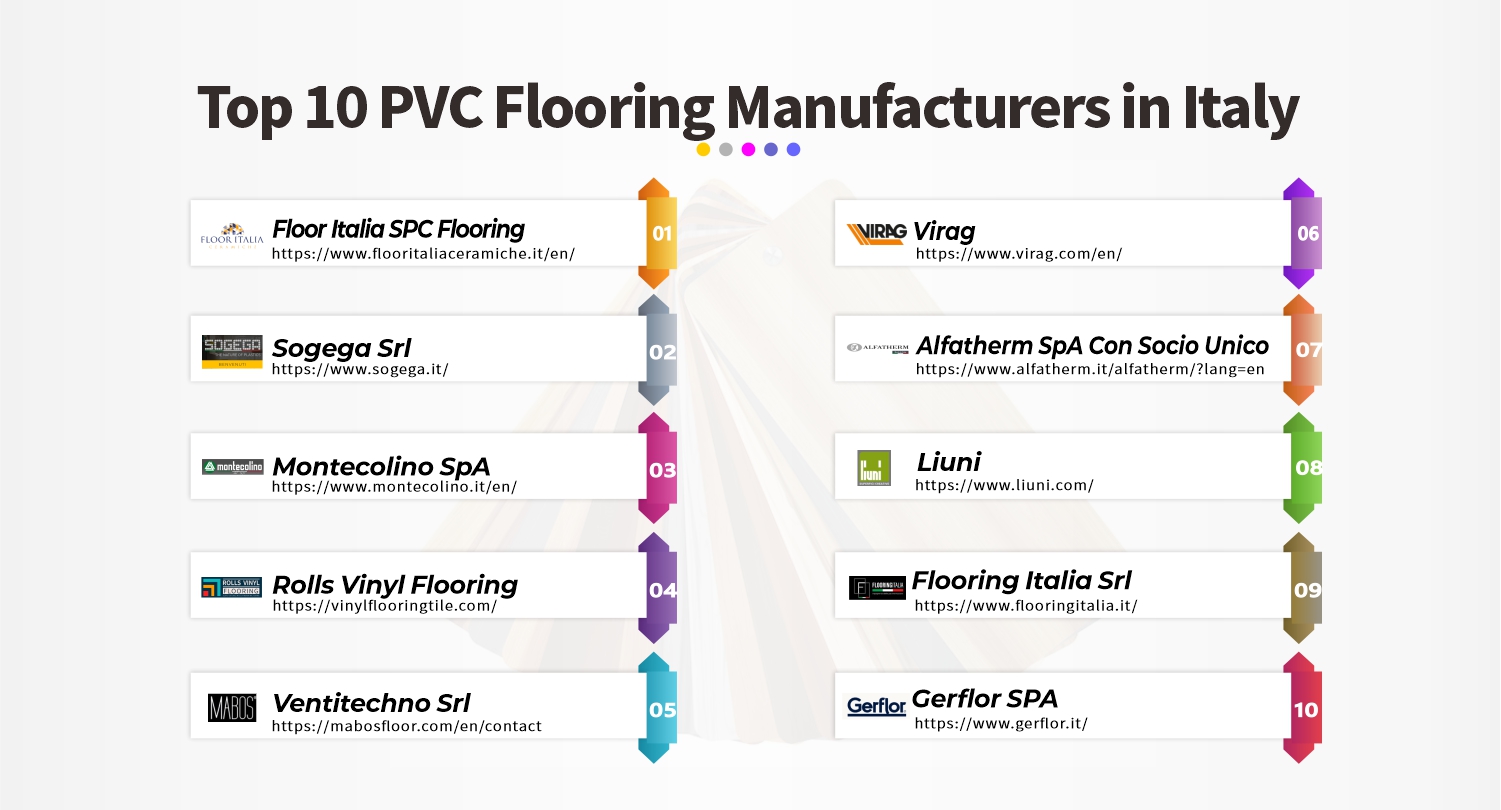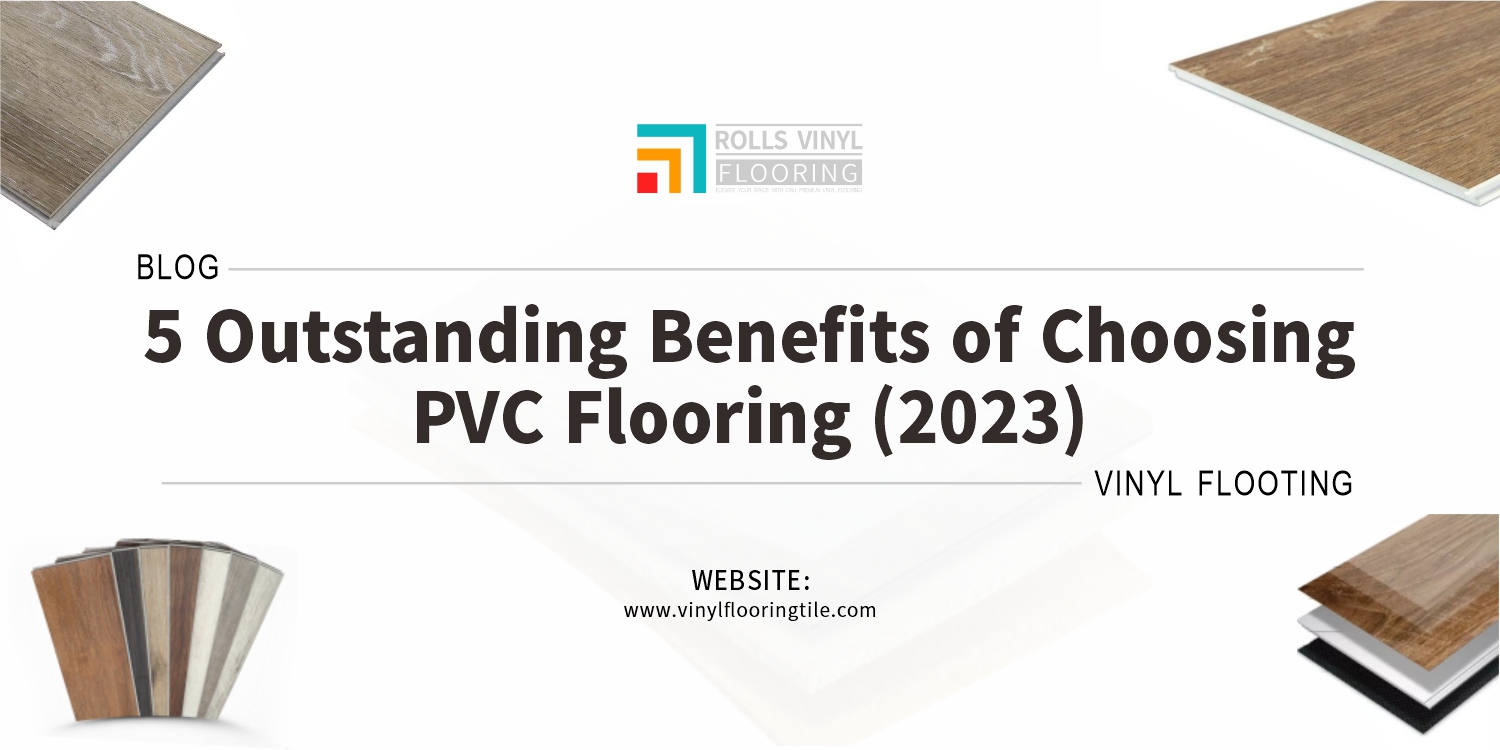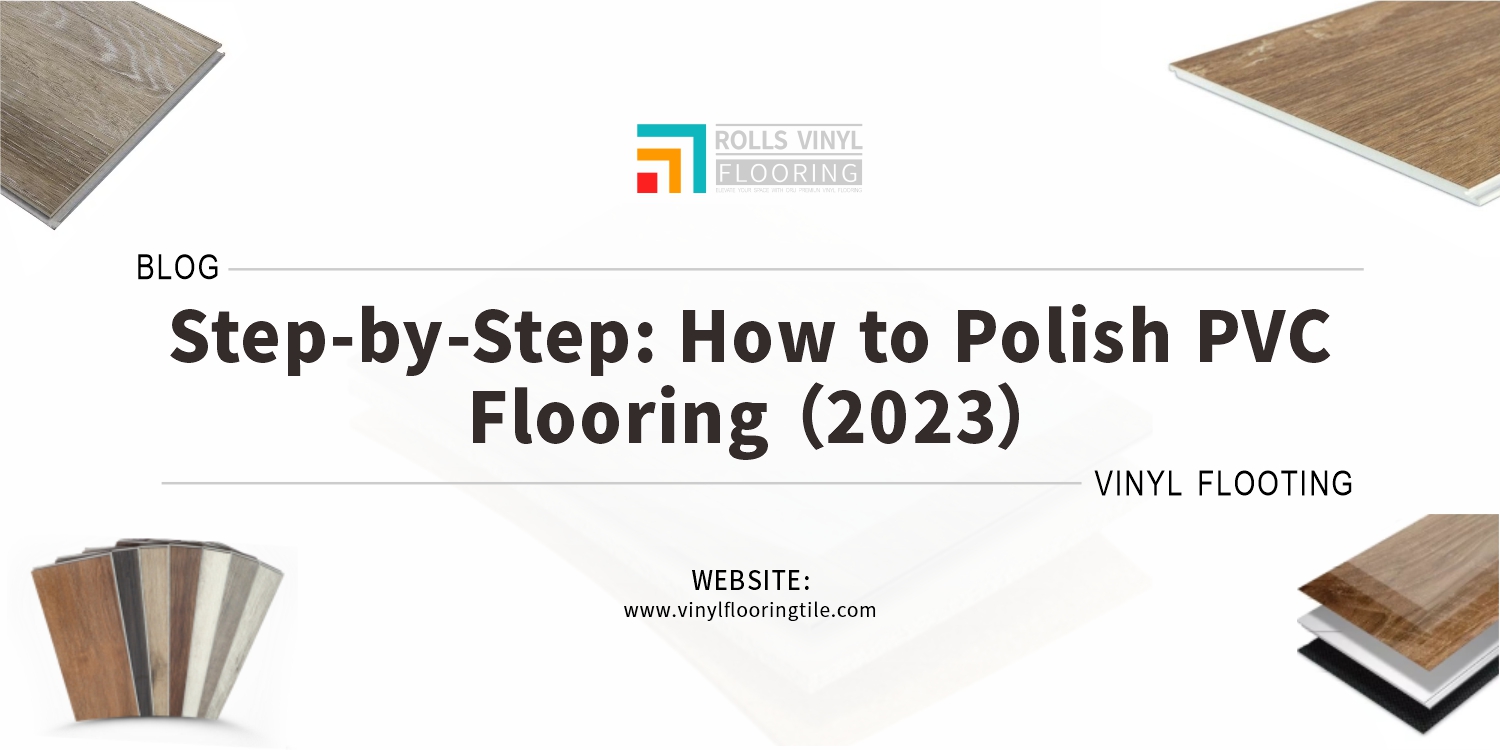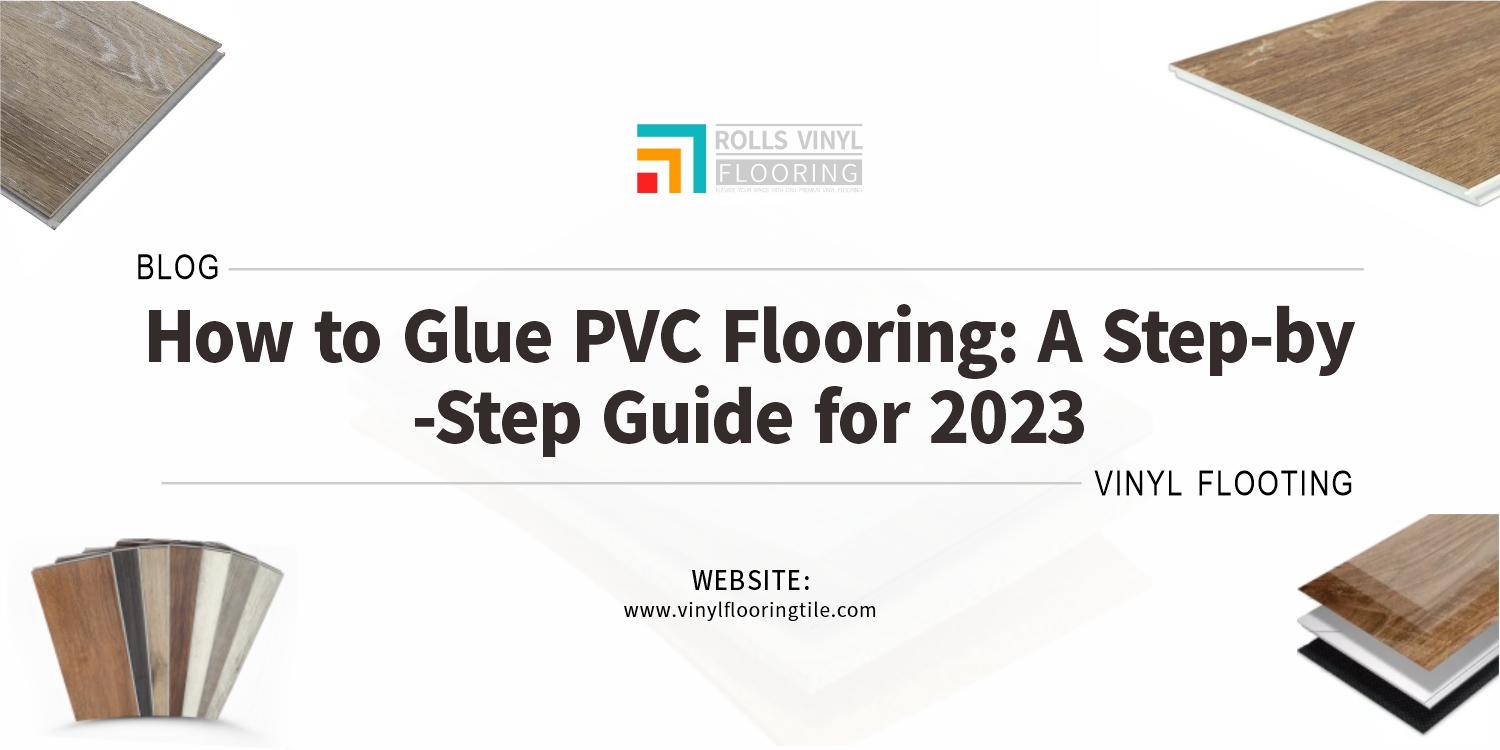Are you thinking about installing SPC vinyl flooring in your house or place of business? Making an informed choice requires having a solid understanding of the materials used in SPC flooring. A contemporary flooring alternative known as SPC flooring combines affordability, water resistance, and durability.
Three layers make up SPC flooring: the core layer, the ornamental layer, and the wear layer. Limestone powder and PVC resin are two examples of the natural and artificial components that make up the core layer. In the decorative layer, there is a high-definition image of a piece of stone or wood. The layer of wear
Learn more about the benefits of SPC flooring, including its durability, water resistance, stain resistance, easy maintenance, and cost-effectiveness.

1. A brief explanation of SPC flooring
SPC flooring, a kind of stiff core vinyl flooring, is also known as stone plastic composite or solid polymer core flooring. It offers greater durability, moisture resistance, and scratch resistance while mimicking the appearance of natural materials like wood, stone, and tile floors.
To make a dense and long-lasting material, limestone powder, PVC resin, and stabilizers are combined and compacted under high pressure to create SPC flooring. It is frequently referred to as a kind of luxury vinyl flooring or LVT, and it is available in several designs, such as rigid core flooring, luxury vinyl tile, and luxury vinyl plank.
Compared to other types of flooring, such as solid hardwood floors or tile flooring, SPC floors are more affordable and easier to install. They are also more resistant to moisture and scratches, making them ideal for high-traffic areas in homes and commercial buildings.
SPC flooring is sometimes confused with WPC flooring, which stands for wood plastic composite flooring. WPC flooring is made from a blend of wood fiber, plastic, and stabilizers and is intended to resemble wood flooring in appearance. WPC flooring is less scratch- and moisture-resistant than SPC flooring, and it is generally less resilient to wear.
Laminate floors and vinyl floors are two additional flooring options that are frequently contrasted with SPC flooring. Laminate flooring is made from a high-density fiberboard core with a printed layer on top, while vinyl flooring is made from PVC resin with a printed layer on top. Both types of flooring are less durable than SPC flooring and are not as resistant to moisture or scratches.
2. Importance of understanding the materials used in SPC flooring
One of the key materials used in SPC flooring is limestone powder. The limestone powder is an essential component that provides flooring with its strength and durability. It also gives the flooring its rigid and sturdy structure, making it a popular choice for high-traffic areas. By understanding the role of limestone powder in SPC flooring, consumers can make informed decisions about which products are the most durable and long-lasting.
Another critical material in SPC flooring is PVC resin. PVC resin is a synthetic material that is used to bind the various components of SPC flooring together. The use of PVC resin in SPC flooring provides the product with water resistance and durability. By understanding the role of PVC resin in SPC flooring, consumers can make more informed choices about which flooring products are the most water-resistant and long-lasting.
Stabilizers are also used in the production of SPC flooring. These materials help to maintain the structural integrity of the flooring over time. The use of stabilizers can also improve the impact resistance of SPC flooring, making it more suitable for high-traffic areas.
Understanding the materials used in SPC flooring is essential for selecting the right product for a particular application. For instance, if a consumer is looking for flooring that can withstand moisture, they should choose SPC flooring that contains a high percentage of PVC resin. If a consumer is looking for flooring that can withstand heavy foot traffic, they should choose SPC flooring with a higher percentage of limestone powder.
By choosing SPC flooring made with sustainable and eco-friendly materials, consumers can reduce their carbon footprint and make more environmentally conscious choices.
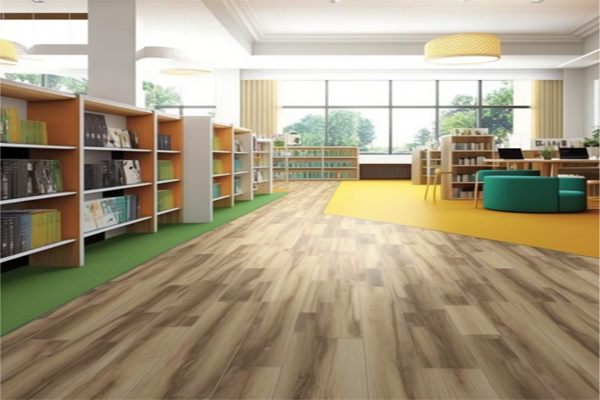
3. Composition of SPC Flooring
Core layer:
The core layer of SPC flooring is the thickest layer of the product and serves as its foundation. This layer is responsible for the product’s stability and durability, making it one of the most crucial components of SPC flooring. The core layer is typically made up of a mixture of natural materials, such as limestone powder, and PVC resin. This combination creates a strong and rigid core that can withstand heavy foot traffic and impact.
Decorative layer:
The decorative layer of SPC flooring is the layer that gives the product its unique appearance. This layer features a high-quality printed design that mimics natural materials, such as wood, stone, or tile. The decorative layer can be customized to fit a wide range of styles and designs, making it a popular choice for residential and commercial applications.
Wear layer:
The topmost layer of SPC flooring, known as the wear layer, acts as the product’s main line of protection against dents, stains, and everyday use. The wear layer is typically made up of a transparent PVC material that is reinforced with additives such as ceramic beads, aluminum oxide, or polyurethane. These additives help to increase the wear resistance of the flooring and protect it from daily wear and tear. The thickness of the wear layer can vary depending on the product, but it is typically between 0.3mm to 0.7mm thick.
4. Advantages of SPC Flooring
Durability:
The combination of natural materials, such as limestone powder, and synthetic materials, such as PVC resin, creates a strong and rigid core that can withstand heavy foot traffic and impact. SPC flooring is also resistant to dents, scratches, and stains, making it an ideal choice for high-traffic areas. Additionally, the wear layer of SPC flooring protects the product from daily wear and tear, ensuring that it remains in good condition for years to come.
Water resistance:
Another advantage of SPC flooring is its water resistance. The combination of natural and synthetic materials creates a product that is impervious to water, making it ideal for use in areas with high moisture, such as bathrooms, kitchens, and laundry rooms. SPC flooring is also resistant to mold and mildew growth, which can be a common problem in areas with high humidity. With proper installation, SPC flooring can also be used in below-grade areas, such as basements.
Stain resistance:
SPC flooring is also resistant to stains, making it an ideal choice for areas where spills and accidents are likely to occur. The wear layer of SPC flooring provides a protective barrier that prevents spills from seeping into the core layer of the product, making it easy to clean up spills and stains. SPC flooring is also resistant to fading, which means that it will maintain its original appearance for years to come.
Easy maintenance:
Another advantage of SPC flooring is its easy maintenance. Regular sweeping and mopping with a damp cloth are all that is needed to keep SPC flooring looking its best. Unlike hardwood flooring, which requires regular waxing and refinishing, SPC flooring is virtually maintenance-free, saving time and money in the long run.
Cost-effective:
SPC flooring is less expensive to install than hardwood flooring, and it requires less maintenance and upkeep over time. SPC flooring is also less expensive than tile flooring and can be installed more quickly and easily, which can save both time and money.
SPC flooring is a versatile flooring option that offers many benefits for homeowners and commercial spaces. Its unique composition and combination of materials provide a durable, low-maintenance, and affordable flooring option that can withstand heavy foot traffic and spills.


